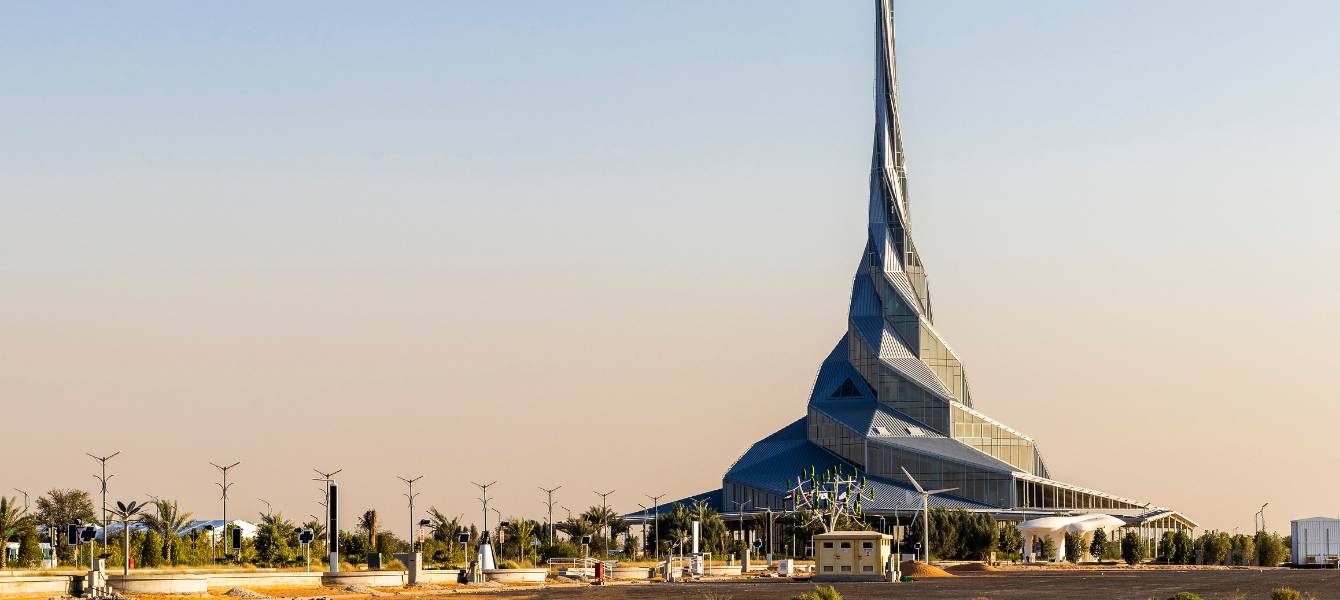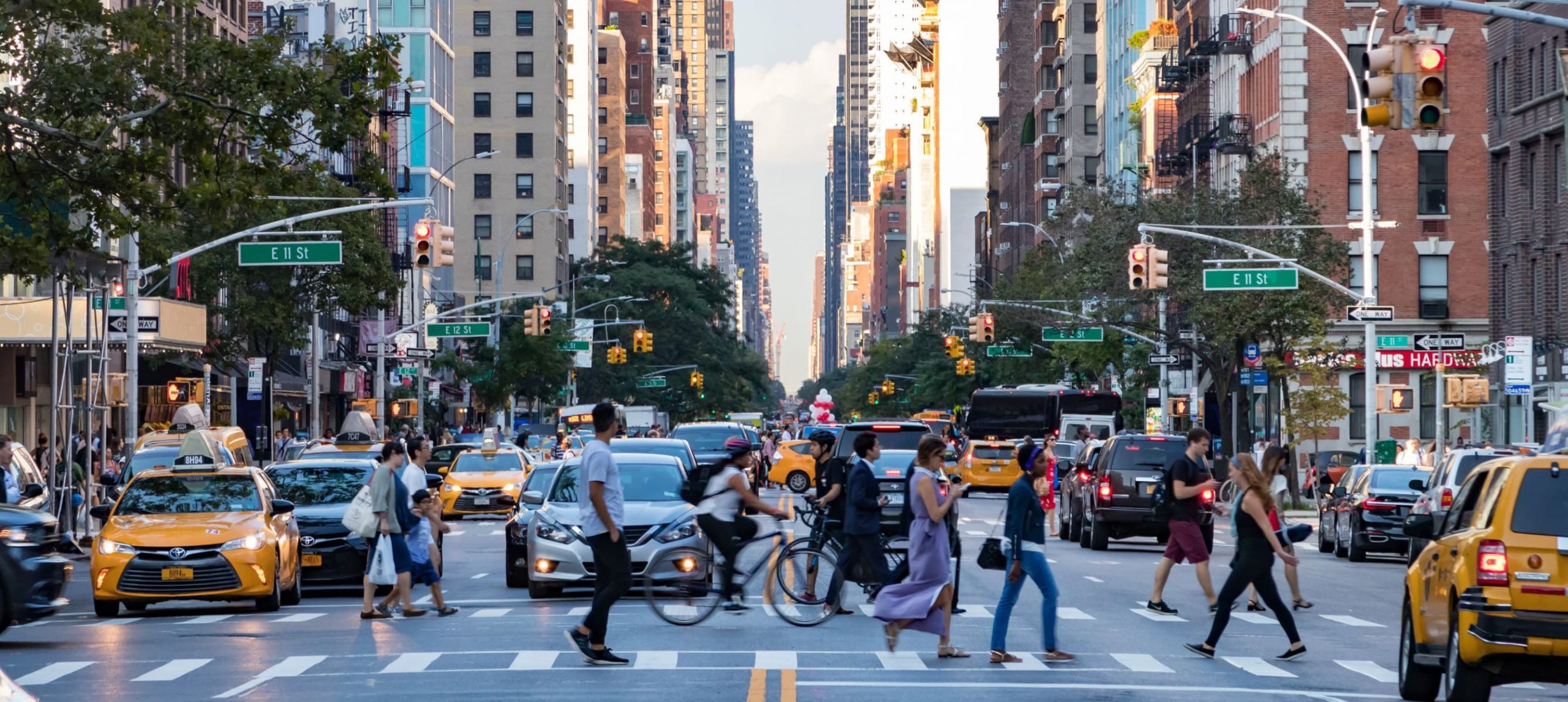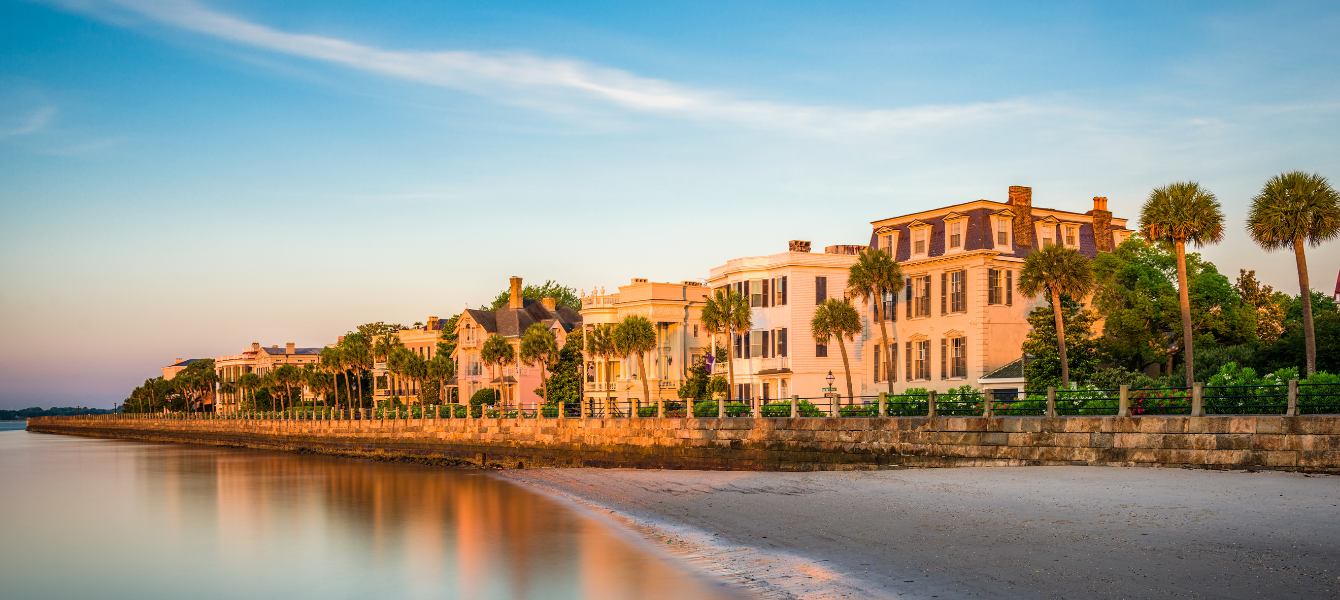Based on the Independent Power Producer (IPP) model, the Mohammed bin Rashid Al Maktoum Solar Park is the world’s largest single-site solar park.
The UAE Energy Strategy 2050 aims to integrate environmental objectives with economic demands by achieving an energy mix that includes clean and renewable energy sources.
As one of the world’s largest single-site solar parks, it embodies the United Arab Emirates’ commitment to renewable energy and sustainable development.
A critical project under Dubai’s Dubai Clean Energy Strategy (DCES) 2050, which aims to generate 75% of the city’s energy from clean sources by that time, is the Mohammed bin Rashid Al Maktoum Solar Park, which DEWA oversees. Let’s find out more about this mega project in this blog post!
Quick Overview Of The Blog: Mohammed Bin Rashid Solar Park
- What is the Project?
- A History of the Solar Park: the project has undergone 6 phases of development.
- FAQ
What is the Project?
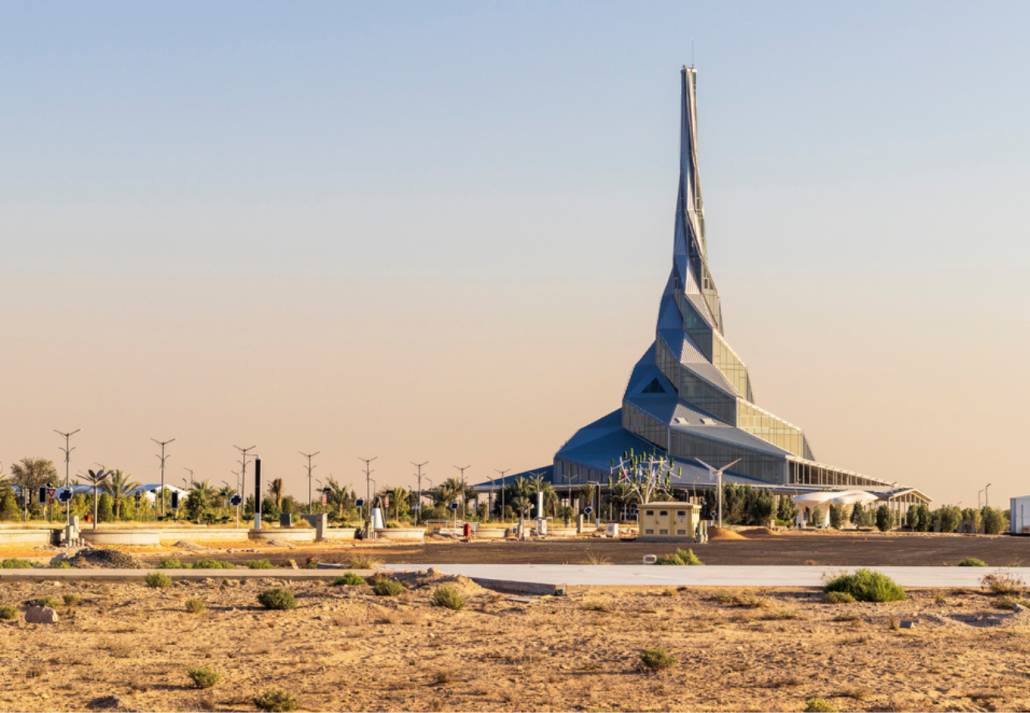
The Mohammed bin Rashid al Maktoum solar park is the largest single-site solar park in the world, with a projected capacity of 5,000 MW by 2030. The power facility, close to Seih Al Dahal in Dubai, is anticipated to reduce carbon dioxide emissions by more than 6.5 million tons annually starting in 2030.
Concentrated solar power (CSP) technology and photovoltaic (PV) panels effectively harvest sun energy. To embrace renewable energy and make the shift to a low-carbon future, the park serves as a model for other towns and countries.
Recommended Read Discovering Newest Dubai Mega Projects
A History of the Solar Park
Phase 1
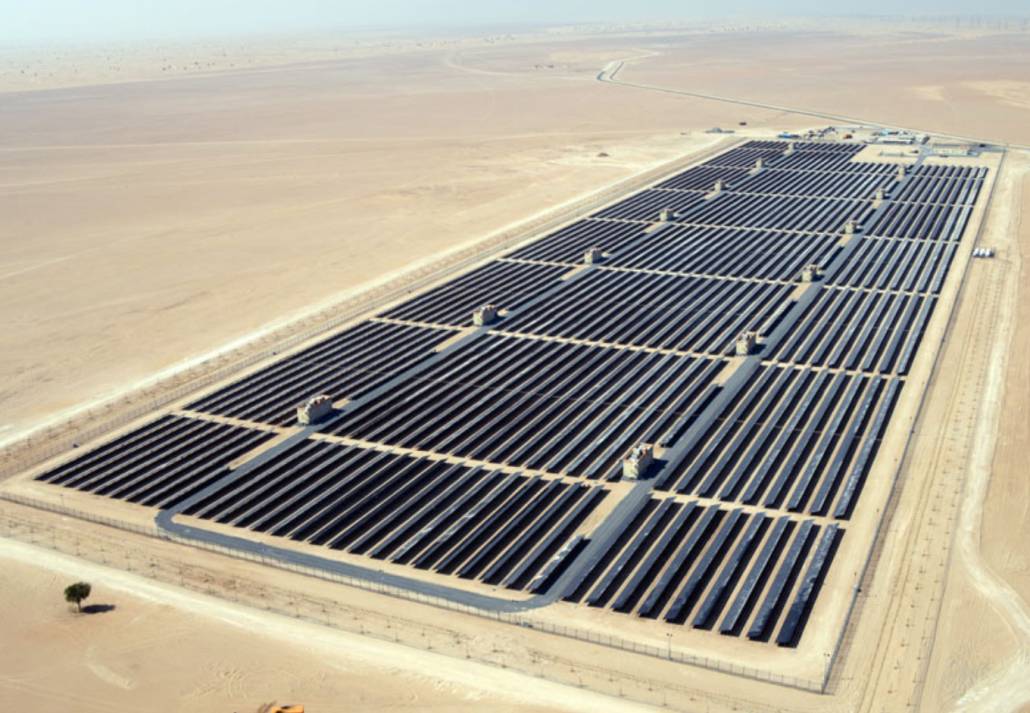
The Solar Park’s first phase was inaugurated in 2013, marking the beginning of Dubai’s journey towards solar sustainability. With a modest capacity of 13 megawatts (MW), this initial phase represented a significant milestone as the largest solar power plant in the region at the time. Its success was a testament to Dubai’s commitment to embracing renewable energy and laid the foundation for future expansion and innovation.
Phase 2
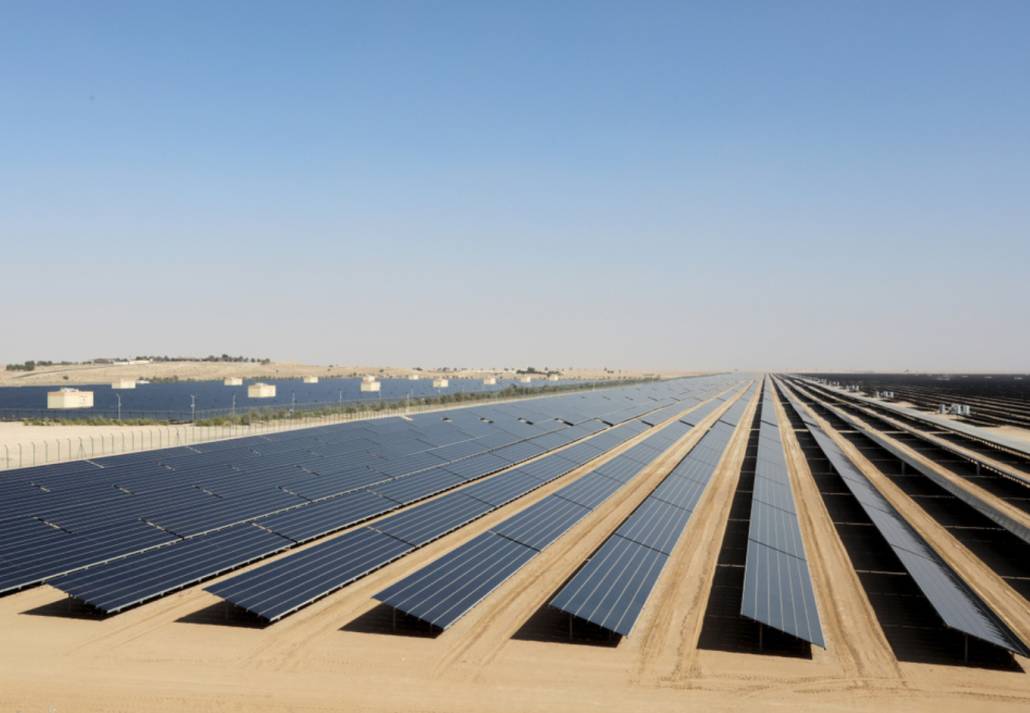
So, what is the second phase of this mega project? The second phase, commissioned in 2017, saw a substantial increase in capacity, with an additional 200 MW of solar power added to the park. This expansion solidified the park’s position as a regional leader in solar energy and demonstrated Dubai’s determination to accelerate its transition towards a more sustainable energy future.
Phase 3
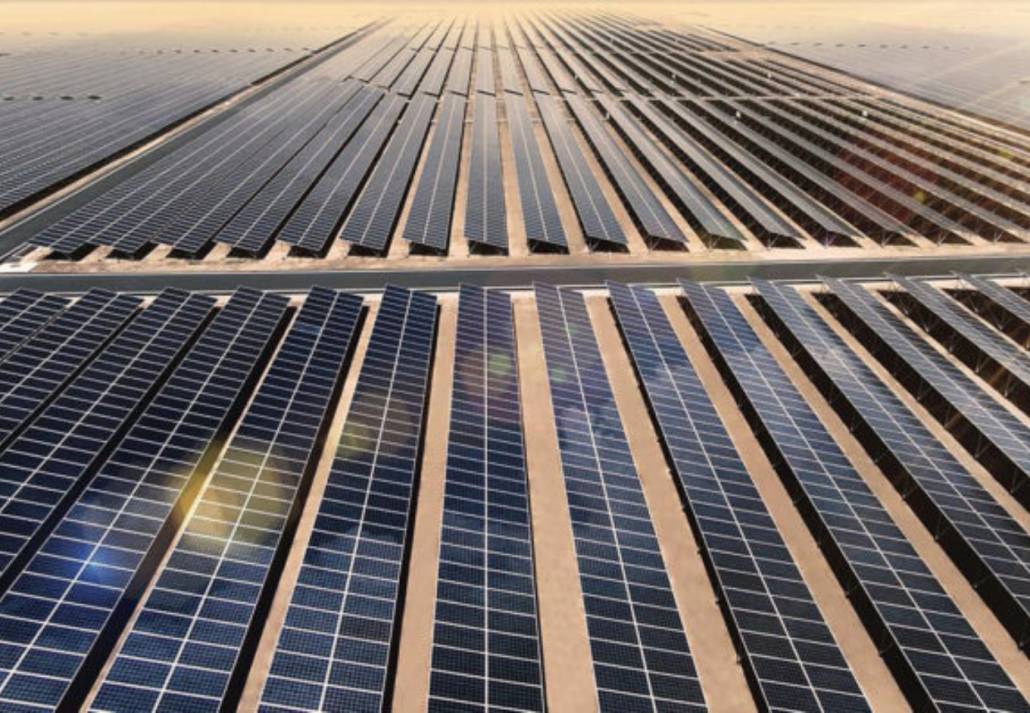
Dubai Electricity and Water Authority (DEWA) officially announced the third 800 MWp phase in April 2015. With an astonishing capacity of 800 MW, Phase Three shattered records and garnered international acclaim as one of the largest single-site solar parks in the world. However, the third phase was completed in 2020.
Phase 4
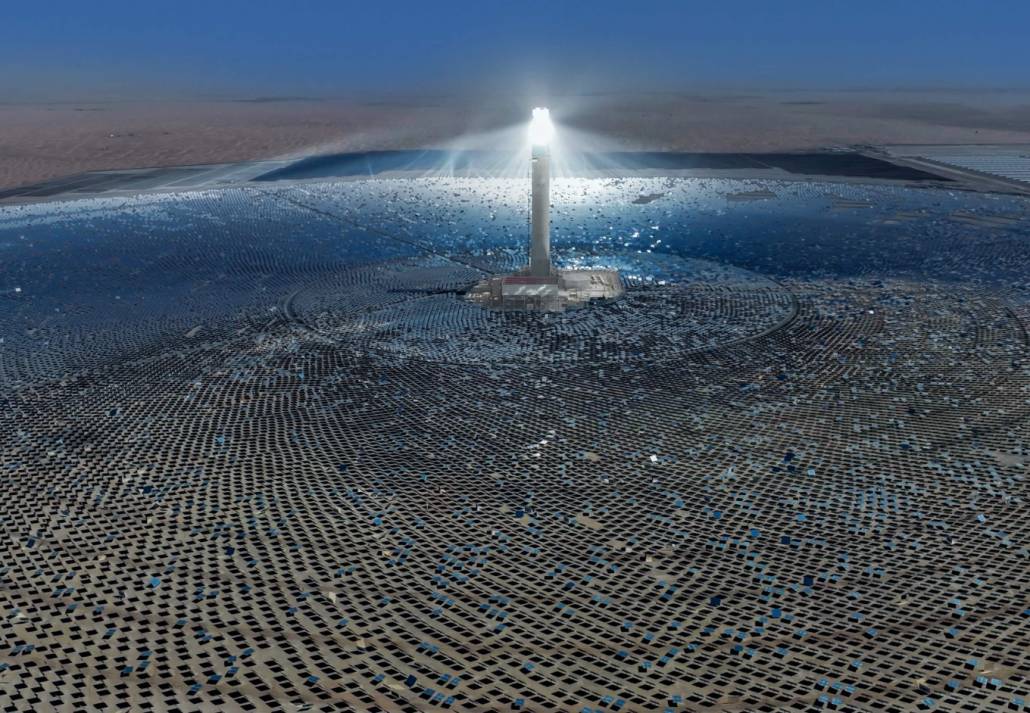
The fourth phase of the solar park is the world’s largest single-site project combining concentrated solar power and photovoltaic technology. It has a capacity of 950 MW and investments of AED 15.78 billion.
The 4th Phase is expected to provide renewable energy to over 320,000 houses, resulting in a 1.6 million tons reduction in annual carbon emissions.
Phase 5
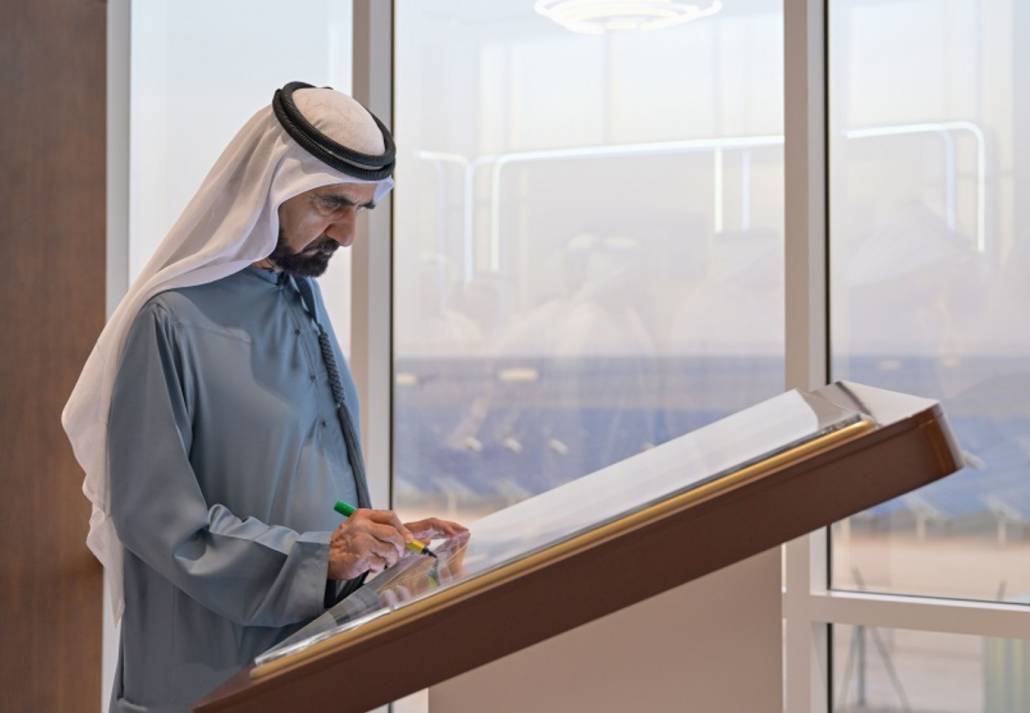
The 900MW Fifth Phase of the solar park, which uses solar panels, was completed in June 2023. Through the project’s fifth phase, sustainable energy will be available in about 270,000 homes in Dubai.
Phase 6
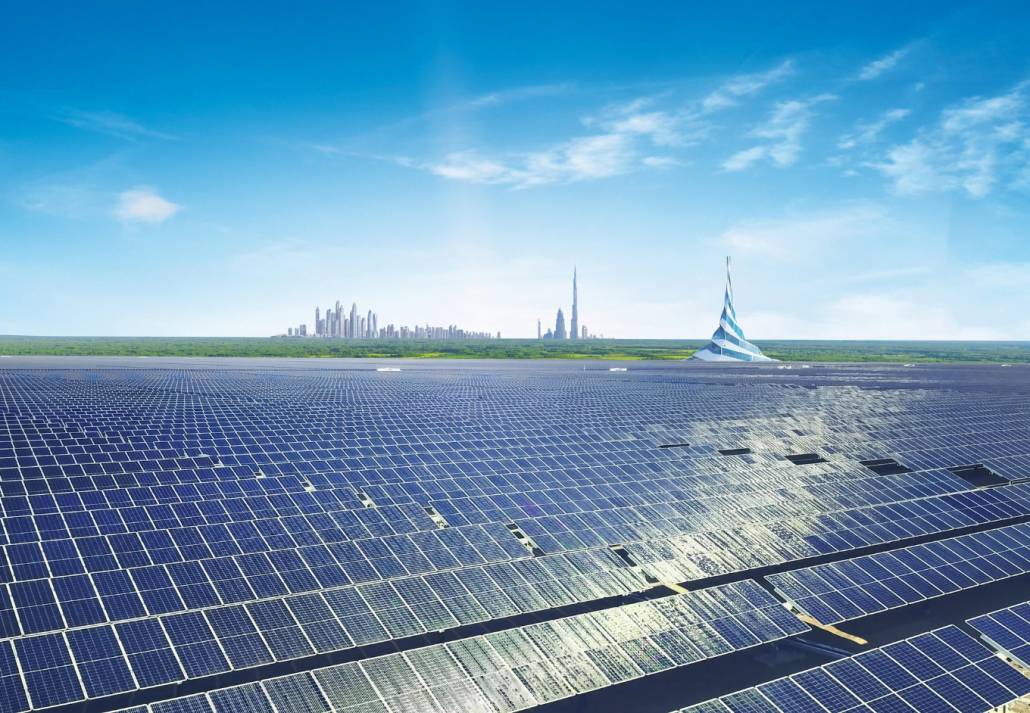
And what’s the last phase? Based on the Independent Power Project (IPP) model, the sixth phase will use photovoltaic solar panels to have a total capacity of 1800MW.
Once finished, it will lower carbon emissions by 2.36 million tonnes annually. The sixth phase will be operational from 2024 to 2026.
The sixth phase, which will use photovoltaic solar panels to have a total capacity of 1800MW, is based on the Independent Power Project (IPP) model. Upon completion, it will lower yearly carbon emissions by 2.36 million tonnes. In stages, the sixth phase will start to operate in 2024 and 2026.
Ali, the resident, says, “Living in Dubai, I’ve witnessed firsthand the remarkable impact of the Solar Park. It contributes to a cleaner and more sustainable future for our city and fills me with pride, knowing that our leadership is committed to investing in renewable energy. It’s inspiring to see the solar park’s expansive panels stretching across the desert landscape, harnessing the sun’s power to light up our homes and businesses.”
FAQ
What problem does Mohammed bin Rashid Solar Park solve?
Mohammed bin Rashid Solar Park will reduce over 6.5 million tons of carbon dioxide emissions every year starting in 2030.
How much did the Solar Park cost in Dubai?
With over AED 50 billion in investments, the solar park will have a capacity of more than 5,000 megawatts by 2030.
What are the Mohammed bin Rashid Al Maktoum global initiatives?
Mohammed Bin Rashid Al Maktoum Global Initiatives’ four key areas are empowering communities, eradicating poverty and sickness, and fostering entrepreneurship and innovation for the future.
Which are the top mega projects in Dubai?
The following are the top mega projects in Dubai:
Dubai Harbour
Dubai Islands
CuddlyNest provides all accommodations to all travelers at the best price. Find unlimited travel inspiration on our blogs and social media channels Facebook, Instagram, and Pinterest.
You May Also Like:
A Complete Guide To Dubai Canal
The Ultimate Guide to Finding the Perfect Hotels Near Atlantis The Palm, Dubai
The Best Hotels Near City Walk Dubai For Every Traveler
The Best Hotels Near Ibn Battuta Mall, Dubai
